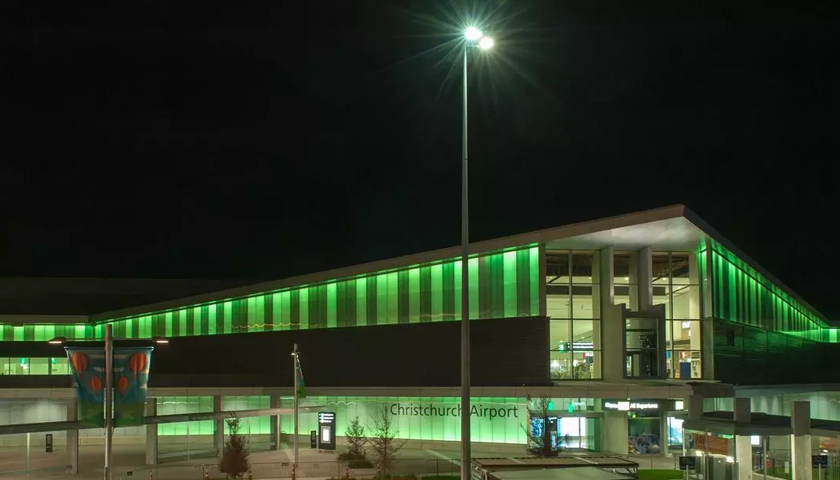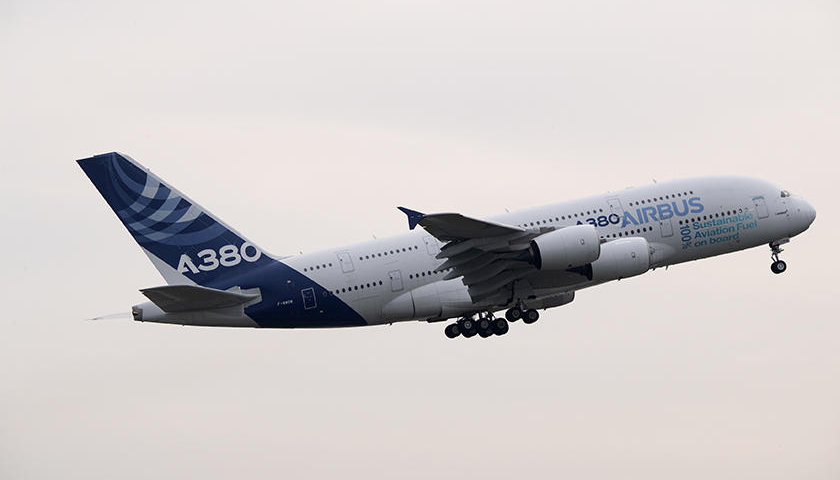Airbus and Air New Zealand’s partnership on hydrogen-fuelled aviation is entering a new phase by welcoming the country’s key “hydrogen ecosystem” players. The resulting consortium will pave the way to further act upon New Zealand’s – and also the wider aviation industry’s – collective ambition towards decarbonisation.
Ultimately, the partners will evaluate the means of deploying hydrogen hubs at airports, starting with the case study at Christchurch. If successful, commercial hydrogen-powered aviation could be extended to cover the entirety of New Zealand’s domestic network. The additional participants to the consortium include Christchurch International Airport, Fortescue Future Industries (FFI), Hiringa, and Fabrum.
New Zealand, with its large share of renewable energy sources in its energy mix, is a model for a proactive, forward-looking ecosystem with a huge potential for low-carbon hydrogen production. To complement this, the consortium partners have a shared vision to support New Zealand to pioneer the commercial deployment of hydrogen-powered aircraft.
Collaboration aims and partner contributions
Overall, the collaboration will widen and affirm the consortium’s understanding of hydrogen-powered aircraft concepts and operations, hydrogen supply, hydrogen infrastructure and fuelling requirements at airports, in order to support the development of this hydrogen aviation ecosystem in New Zealand. The work will also identify the pathways to viable and sustainable commercialisation of hydrogen powered aircraft technologies in New Zealand as well as the accompanying regulatory framework.
As well as their shared vision, the partners in the consortium contribute their own extensive know-how, thanks to the independent strides they have each made towards the prospect of a decarbonised, hydrogen-based aviation industry:
- Air New Zealand is actively investigating the role of low-emission aircraft technologies to support the decarbonisation of its network;
- Christchurch International Airport (CIAL) has reduced airport emissions by 90% since 2016 and is mentoring airports globally on how to decarbonise their operations;
- Hiringa Energy (Hiringa) is focussing on the commercial development and operation of hydrogen production, storage, distribution, and supply infrastructure;
- FFI (Fortescue Future Industries) is promoting the use of hydrogen and ammonia produced from 100% renewable energy sources;
Fabrum, a global leader in the design and manufacture of full ground infrastructure for hydrogen production, liquefaction, storage, fuel transfer, on-board flight fuel systems and architecture, motors, and certification support;
Karine Guenan, Vice President ZEROe Ecosystem at Airbus says: “New Zealand is a perfect aviation network, in terms of traffic, flight distances and airport network, for the deployment of regional to medium-haul hydrogen aircraft, to be developed within Airbus’ ZEROe project. This is fully in line with the ZEROe strategy to first study and deploy Hydrogen aviation ecosystems in the most suitable parts of the world. New Zealand has a great potential for hydrogen production from renewable electricity sources.”
Karine adds: “The consortium is built with a great synergy in the respective partners’ expertise combining: airline, airport, hydrogen technology providers, hydrogen facilities developers, and hydrogen aircraft and airframe developer. This unique combination of skills in the end-to-end hydrogen value chain promises very high learnings and a successful study and roadmap for aviation and non-aviation hydrogen usage at airports.”
ZEROe unfiltered
Airbus’ role
On the technical side, Airbus will contribute the learnings from its “ZEROe” hydrogen aircraft features and concept of operations, for in-flight as well as on-ground operations. It will also make available its own researched assumptions into liquid-hydrogen needs in the future hydrogen aircraft deployments. Moreover, benefitting from its global role as an aircraft manufacturer and integrator, Airbus will bring on board its experience and learnings on the development and its study of “Hydrogen Hubs at Airports”, from similar case studies on-going in other parts of the world.
Indeed, Airbus has been an early leading advocate for hydrogen, identifying it as the most promising option for decarbonisation of commercial aviation and to meet the environmental challenge. Low-carbon hydrogen can be used directly on-board aircraft for propulsion through combustion in a turbine and for on-board power generation through fuel cells, or indirectly as a feedstock for synthetic aviation fuel (Power-to-Liquid, or PtL). It is therefore Airbus’ ambition to develop and put in service a new generation of commercial passenger transport aircraft using low-carbon hydrogen by 2035.
New Zealand – a unique opportunity for decarbonised aviation
New Zealand presents a unique opportunity for new energy sources for several reasons: It has a high proportion of renewable energy, with over 80% of New Zealand’s electricity supplied from renewable energy sources, including hydropower, wind, and solar. The New Zealand economy is also highly reliant on short-haul domestic flights, with over 60% of flights connecting regional centres under 350 km in length. Both of these factors make New Zealand an ideal test environment as we explore the potential for new energy sources for our industry, including hydrogen.
Moreover, Airbus and Air New Zealand share a common goal to lead the way in achieving decarbonised aviation. Under our existing agreement, we have already determined that New Zealand offers a suitable demonstration environment to develop the ecosystems necessary to support hydrogen-powered aircraft operations. In the next phase of this joint undertaking, we will delve into much greater detail on potential aircraft design and performance that could meet Air New Zealand’s requirements, building upon the long-standing relationships.



